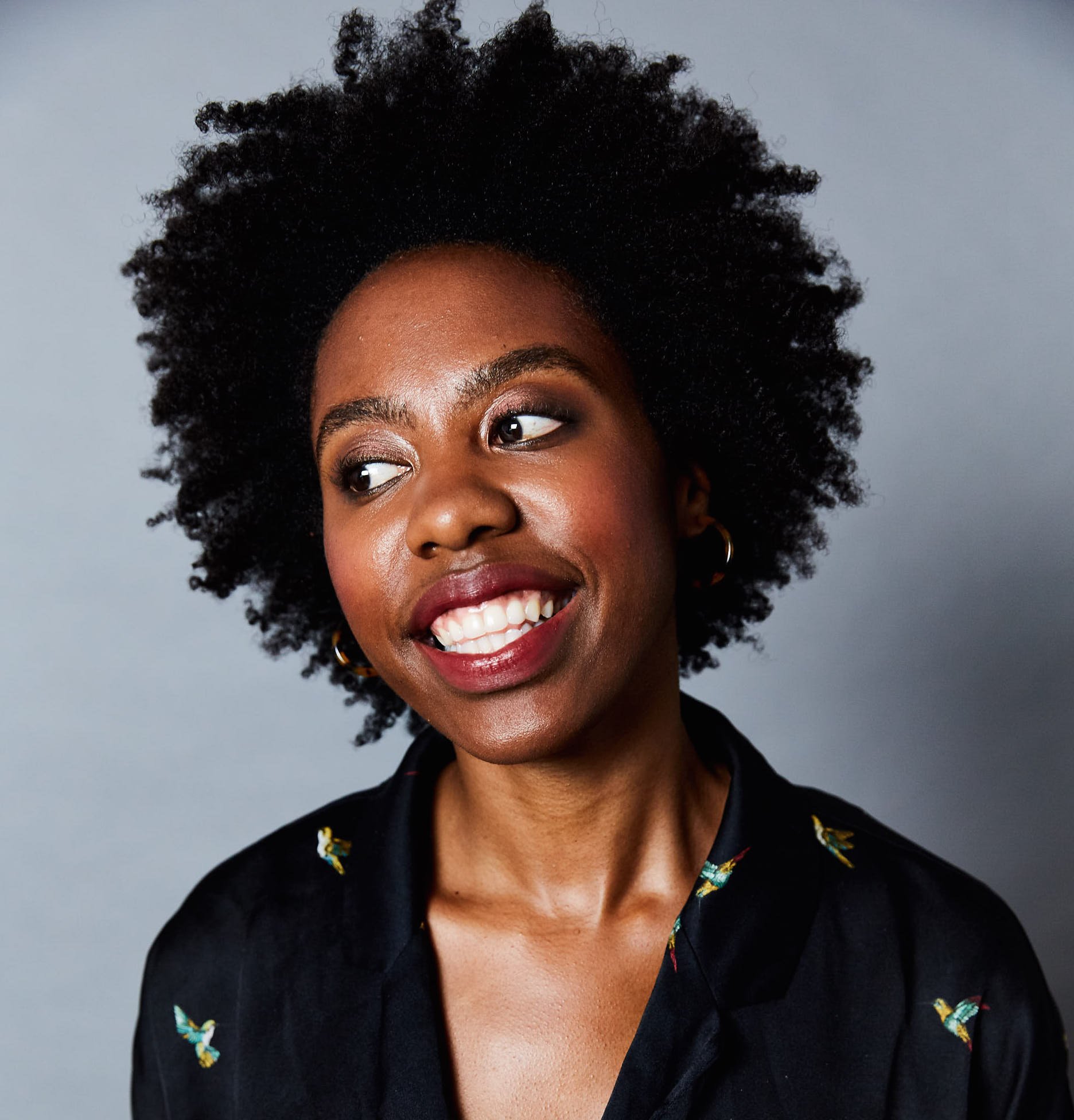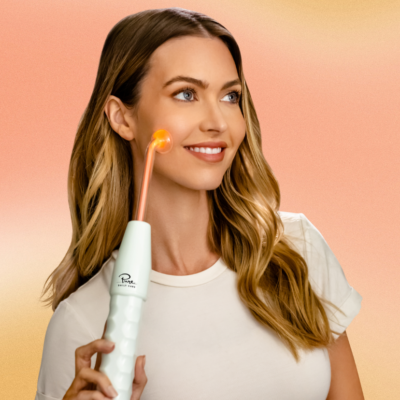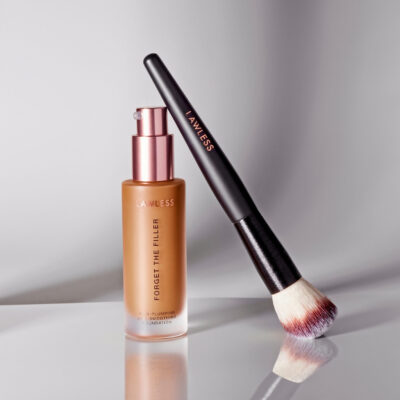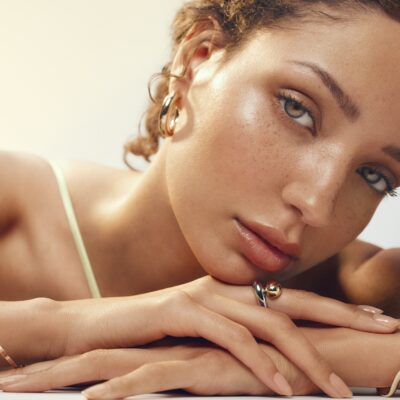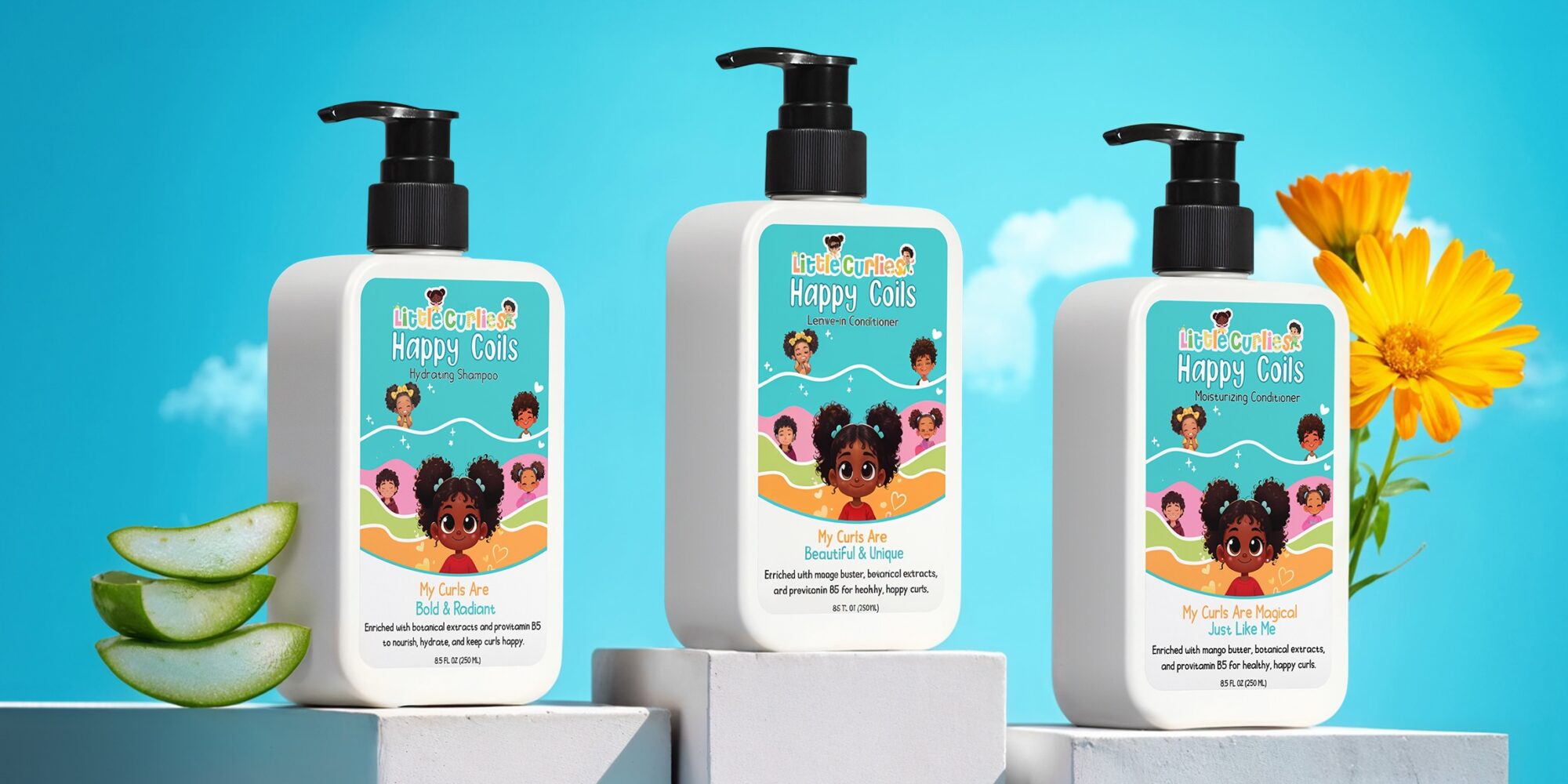
Cosmetics Chemist And Mom Launches Little Curlies To Inspire Confidence In Kids With Type 4 Hair
As a cosmetic chemist, creating high-performance formulations for indie haircare and skincare brands is Alexis Forbes-Moorehead’s bread and butter, but she’s surprisingly often found herself frustrated caring for her 5-year-old daughter Khloe’s tightly coiled hair.
She didn’t want to resort to adult haircare not made with children in mind. However, if she used a children’s haircare product she grabbed off of a grocery store shelf, she was dismayed it wasn’t formulated for Khloe’s type 4 hair.
“Everyone likes to market as for all curls, but it’s bullshit from an R&D standpoint,” says Forbes-Moorhead. “There are products for mixed kids and looser curls, but what about the kids that look like my daughter and me?”
To plug the market gap that so frustrated her, Forbes-Moorhead has launched Little Curlies, which describes itself as the first kids’ haircare brand made for type 4 kinky and coily hair. It’s starting with three products priced each at $15.55: Happy Coils Hydrating Shampoo, Happy Coils Leave-In Conditioner and Happy Coils Moisturizing Conditioner. The $19.99 Happy Coils Try-Me Trio Box contains the three products in travel sizes.
Forbes-Moorehead invested around $10,000 from her personal savings to start Little Curlies. She relied on her beauty industry relationships—and a few favors—to minimize costs. Clinical and dermatologist testing was offered by a colleague, and her manufacturer provided a deal due to the referrals she often brings. She did the branding and labels herself.
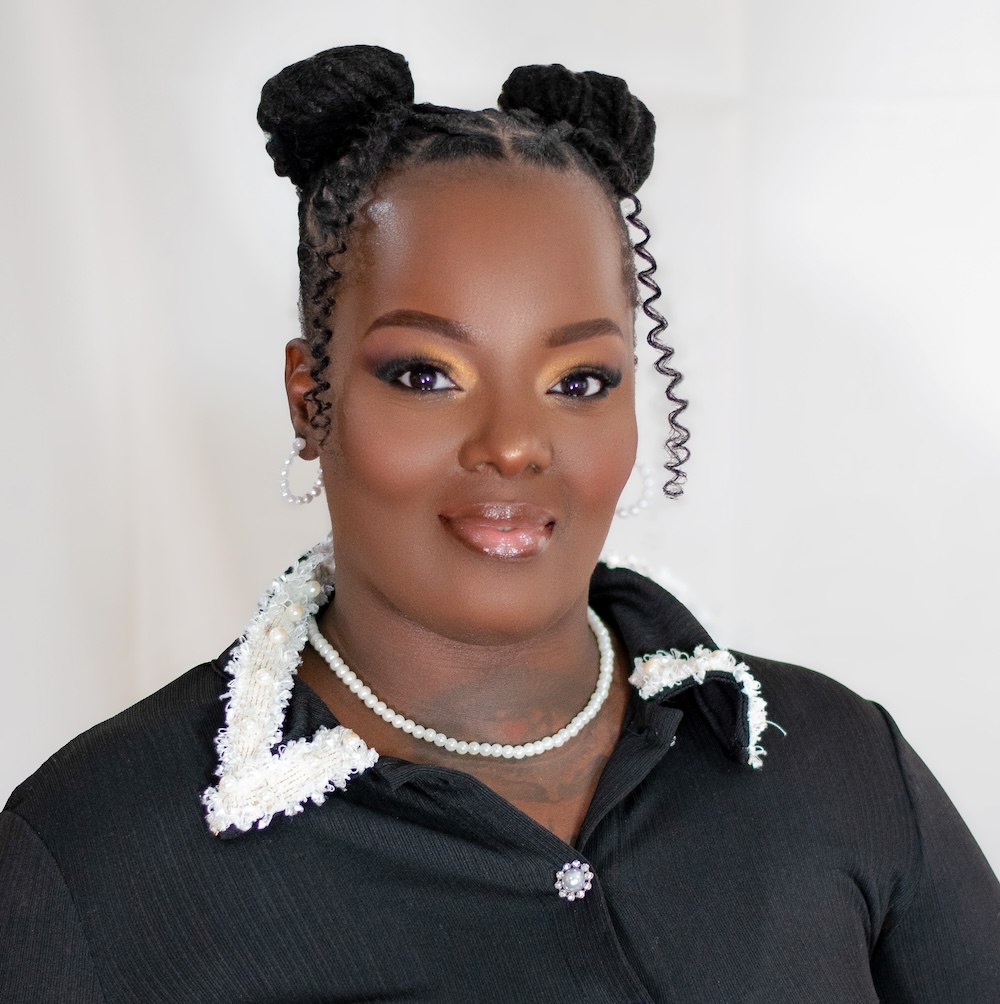
Forbes-Moorehead says Little Curlies’ products take a “hypoallergenic approach,” prioritizing safe, mild ingredients for young scalps and developing curl patterns. She created them to be free of common allergens, paying attention to avoiding issues for children with nut sensitives. The products have mango butter, aloe vera, sea moss, marshmallow root extract and pro-vitamin B5 to soothe the scalp, enhance slip and support healthy, bouncy curls from root to tip.
“Children’s hair is still changing,” says Forbes-Moorehead. “Our curls don’t really finalize until our twenties. Using adult products, especially those with higher charges or harsher surfactants, can damage their curl structure before it even has a chance to fully form.”
Forbes-Moorehead’s emotional connection to Little Curlies—and the emotional connection she believes it can have with parents and children—is equally important as the products themselves. She speaks candidly about childhood trauma from her mother calling her hair nappy, an experience that was integral to her desire to establish a brand uplifting Black youth.
“The biggest message is having little Black girls feel confident in their hair,” says Forbes-Moorehead. “The coily and the kinky kids are often left out, and Little Curlies is here to bring them to the forefront.”
Little Curlies’ design is rooted in representation. The bottles feature illustrations of Black children with positive affirmations like, “My curls are beautiful and unique,” printed directly on them.
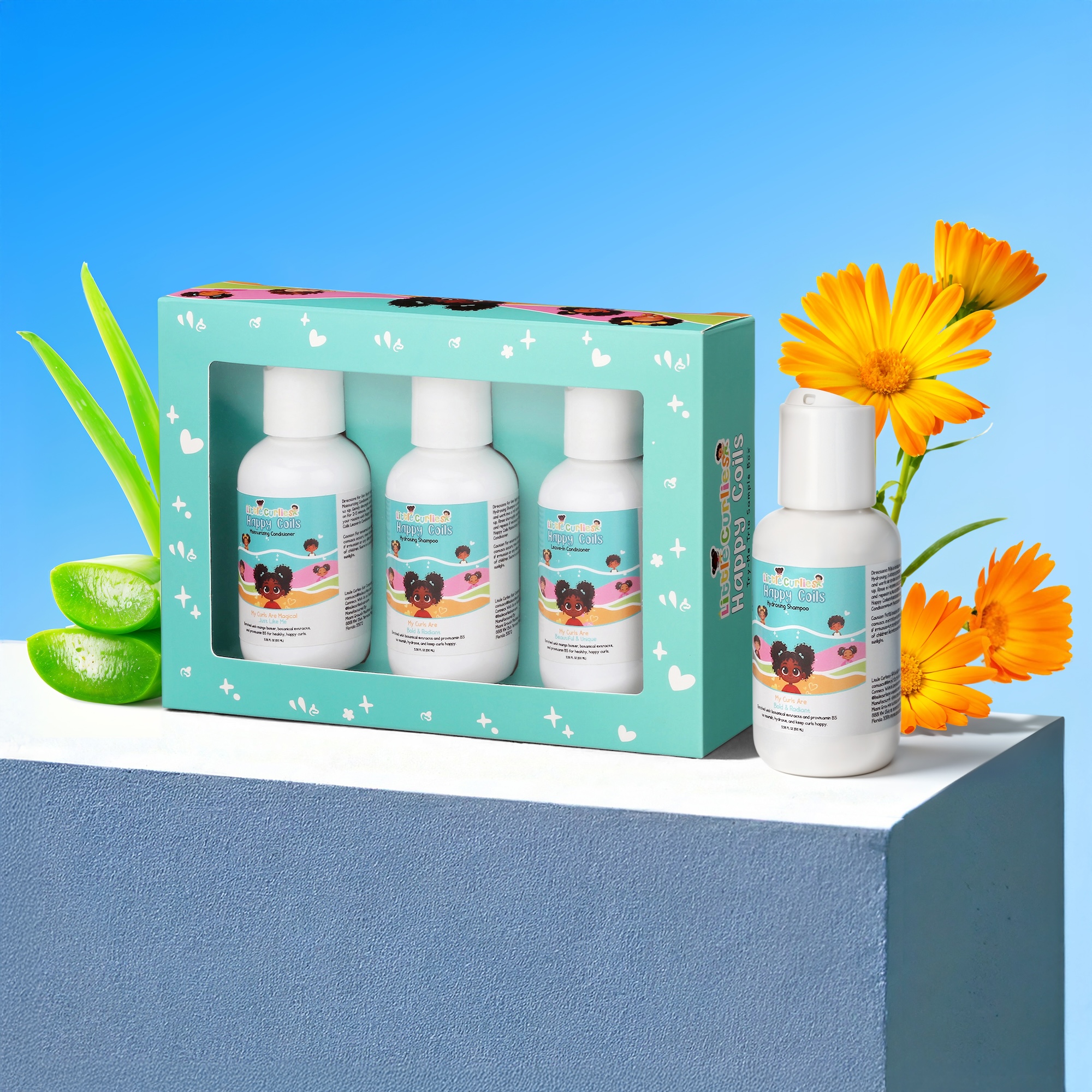
Little Curlies is releasing an educational coloring and activity book later this year intended to instill hair literacy at a young age. It will have interactive lessons to teach children and parents about hair porosity, product order and wash day routines.
Forbes-Moorehead has seen how even well-intentioned foster or adoptive parents, particularly those from outside the Black community, can lack the knowledge to care for textured hair. The idea is to make haircare education accessible and fun at an elementary level so that families can build routines and confidence together.
Looking ahead, Forbes-Moorehead, who’s based in Port St. Lucie, Fla., is open to retail partnerships for Little Curlies, but remains focused on raising brand awareness and delivering educational content first. She anticipates hosting parties that double as haircare workshops for kids and parents in cities like Orlando and Miami. She says, “I want it to be so [the parents] are not just buying a product, they’re learning how to care for their child’s hair.”
